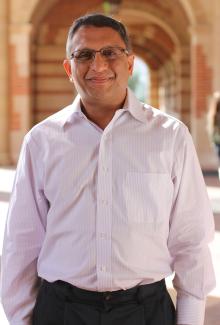Event

When the grid failed in India in July 2012, it was reported that more than 10 percent of the world’s population was plunged into darkness. What such sensational reporting overlooked was that a large proportion of those connected to the grid normally live in darkness because electric supply is intermittent and fluctuating. In addition, there are approximately 300 million people who do not have electric connections at all. India thus presents the paradox of a rapidly growing middle-income economy that possesses an electric infrastructure that is severely underdeveloped, with per capita electricity consumption just greater than Sub-Saharan Africa, and approximately one-fourth that of China.
I bring an anthropological framework to bear on the policy options in front of the Indian government as it struggles to improve electric infrastructure. Difficult questions confront every stage of the electric system, from generation to transmission and distribution. Problems arise due to the political context of electricity distribution, and because of a complex regulatory apparatus that has to function within the division of powers between federal and state governments. Widespread corruption and weak enforcement result in losses exceeding 40 percent. Policy intervention to influence demand is hampered by the lack of ethnographic data about how consumers and families use electricity in their daily lives. At the same time, given that so many people are either not on the grid at all, or are tenuously connected to the electric grid, creative new local-level experiments have arisen. These experiments with small-scale grids and renewable energy might provide solutions to larger global problems of sustainability and resilience in an era of climate change.
Date: Monday, April 23
Time: 12:00 PM
